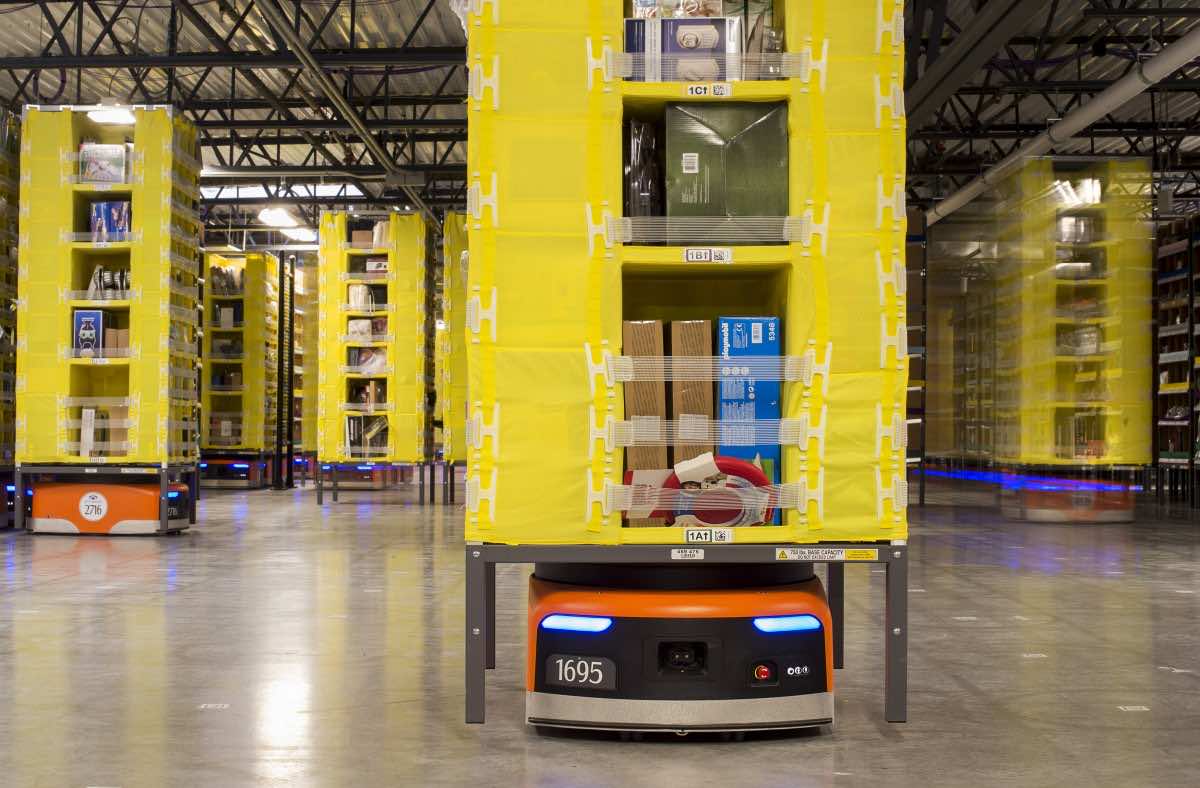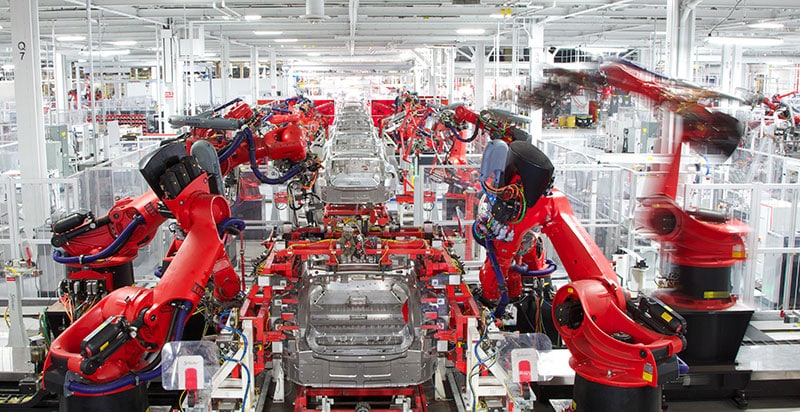We are in the age of robots and automation. Innovations and technology advancements continue to give fruit to powerful systems and devices all aimed at making work easier and boosting production. The market for machines and robots continues to grow. It is clear that any manufacturer who wants to fully stand a chance in the highly competitive profitable business has to take advantage of these advancements and top notch inventions.
For many company heads or production managers, maximizing the output gets easier by the day. That said; automation and introduction of robots in a production process is a pricey affair. Therefore, one cannot blindly purchase a system just because it promises results.

There are many industrial robot manufacturers, but the question is, which company’s robot should you be looking at? Where do you set your foot first? You are about to make a major investment for your company, you cannot afford to fail. To provide an answer to these questions, here is a guide that will leave you better placed and on the right path to purchasing your company’s first robotic.
Do You Need An Industrial Robot? Here Is How to Tell
By assessing your work volume, you can be able to easily tell whether you need a robot. Tell-tale signs are when you have large volumes of consistent contracts, loads and batches of overwhelming tasks on a continuous basis, and when you find that your current workforce is always or often pushed to the limit. You might also find the nature of certain tasks in a production process no longer attracts willing human workers and that you are never operating in the required capacity. These are some of the indicators that may be its time to automate. Knowing whether or not you need automation will help you identify the areas that need improvement.
To do this, you may be required to assess the performance of your current assets, by so doing; you will be able to tell whether your company is making the most of that which is available. From here you can then predict the potential gain that would be reaped after introducing a robot into the existing process. For example, a production manager in a motor vehicle assembly would realize that the process of sorting is what is causing a delay in the entire process. In this case, the manager would consider investing in a sorting robotic in order to solve this issue.
A robot can effectively do a task that is tiring for humans and because the system does not have room for errors, automation can lead to increased productivity within similar time-frames because there’s a boost in capacity and efficacy.
Which Processes Should I Automate?
When choosing the process to automate, a production unit owner/manager should start off with the ‘seemingly dull’ ones. These are the ones that are too repetitive, dangerous, tedious, challenging or dirty. They are the jobs which no one wants to take up because of their nature or due to the associated potential hazards.
You can also automate simple tasks in order to move human workers and technicians into other valuable tasks. Tasks that are running out of skilled workers are also potential candidates for
automation.

After identifying the right process to automate, the next step is to get in touch with the industrial robot manufacturers. While it is true that you can get so much information from the internet, the only information you can rely on 100% is from an experienced technical person. Yes, its okay to do your personal research but for any additional information, ask the experts. Normally, these are people with established careers in robotic engineering and they can never give you a wrong guide if you clearly state your robotic automation needs.
Prepare Your Team for Automation
Many human employees fear automation and associate it with job insecurity. To smooth transition, you will need to prepare your current team before implementing any robotic applications. You do not want to create an unprecedented crush when some employees feel like they are going to lose their jobs. Make your team understand the importance of automation and why it is needed in the current production process.













Leave a Reply